The Paradise Tanager (Tangara chilensis) is a strikingly beautiful bird found primarily in the Amazon Basin of South America. Known for its vibrant and diverse coloration, the Paradise Tanager is a true jewel of the tropical rainforest.
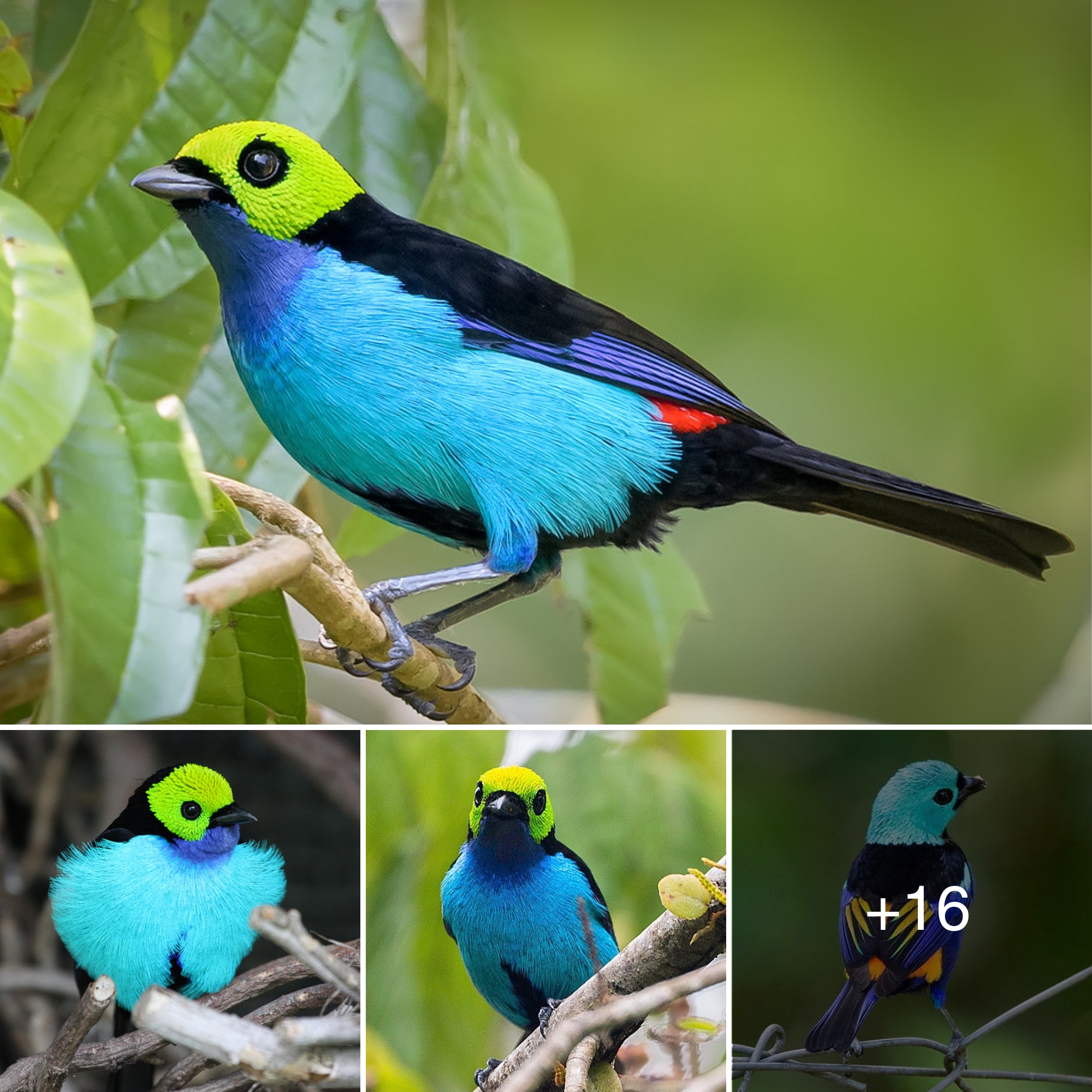
The Paradise Tanager is renowned for its brilliant plumage. It features a vivid combination of colors, including a bright green head, a sky-blue belly, and a black back. The rumρ and upper tail-coverts are a contrasting red, creating a dazzling display of hues. This kaleidoscope of colors makes it one of the most visually appealing birds in its habitat.
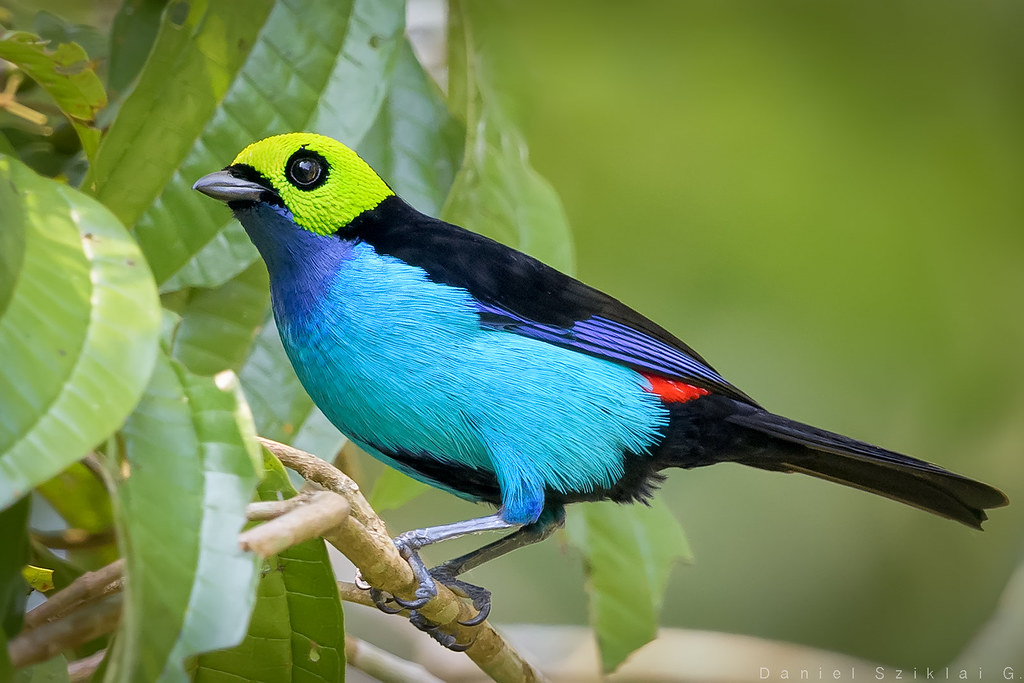
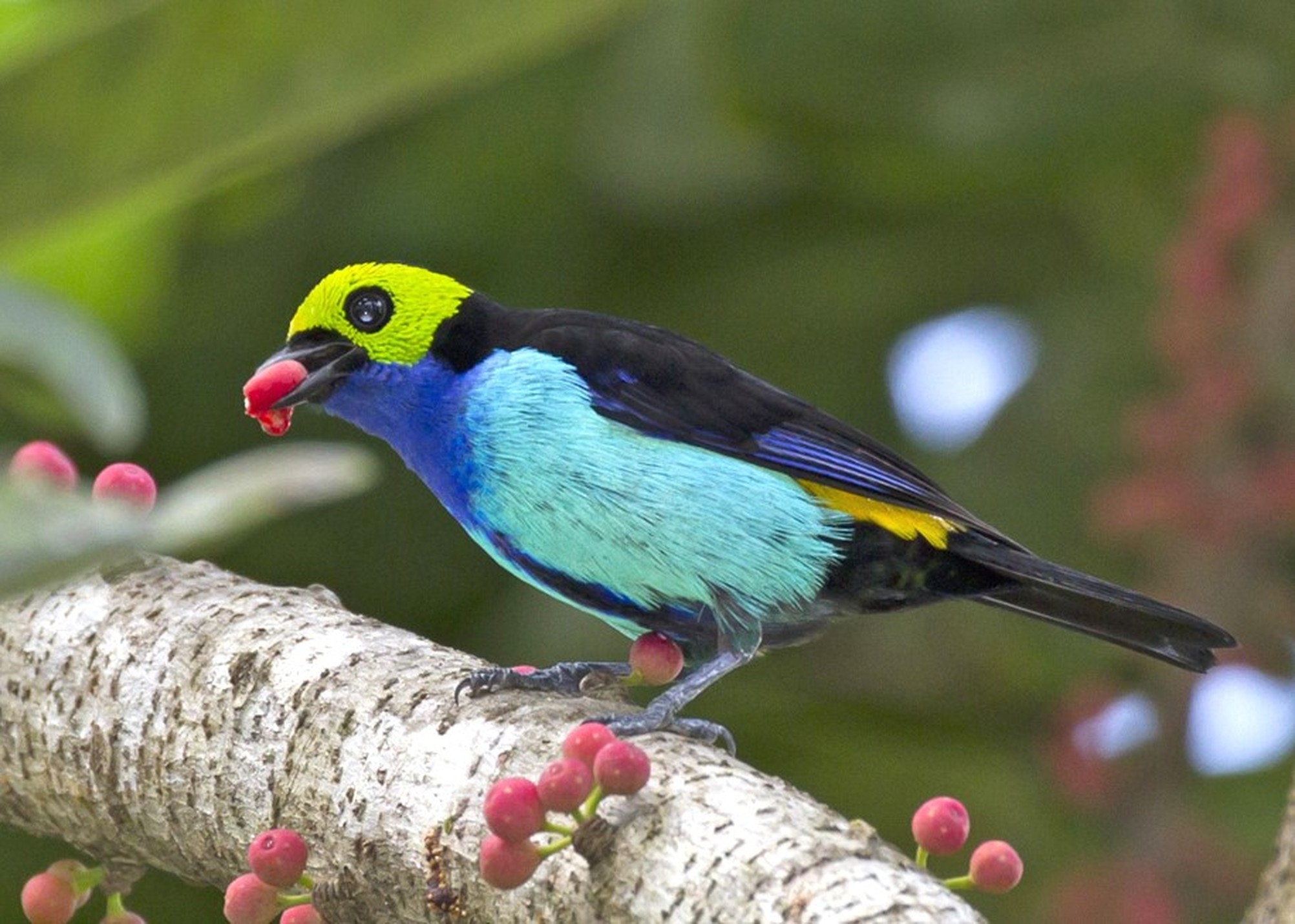
This species thrives in the canopy and edges of humid forests, often venturing into secondary growth and forest clearings. It is predominantly found in the Amazon Basin, spanning across countries such as Brazil, Colombia, Ecuador, Peru, and Bolivia. The Paradise Tanager’s range extends to the eastern slopes of the Andes, where it enjoys the lush, dense foliage of tropical lowland forests.
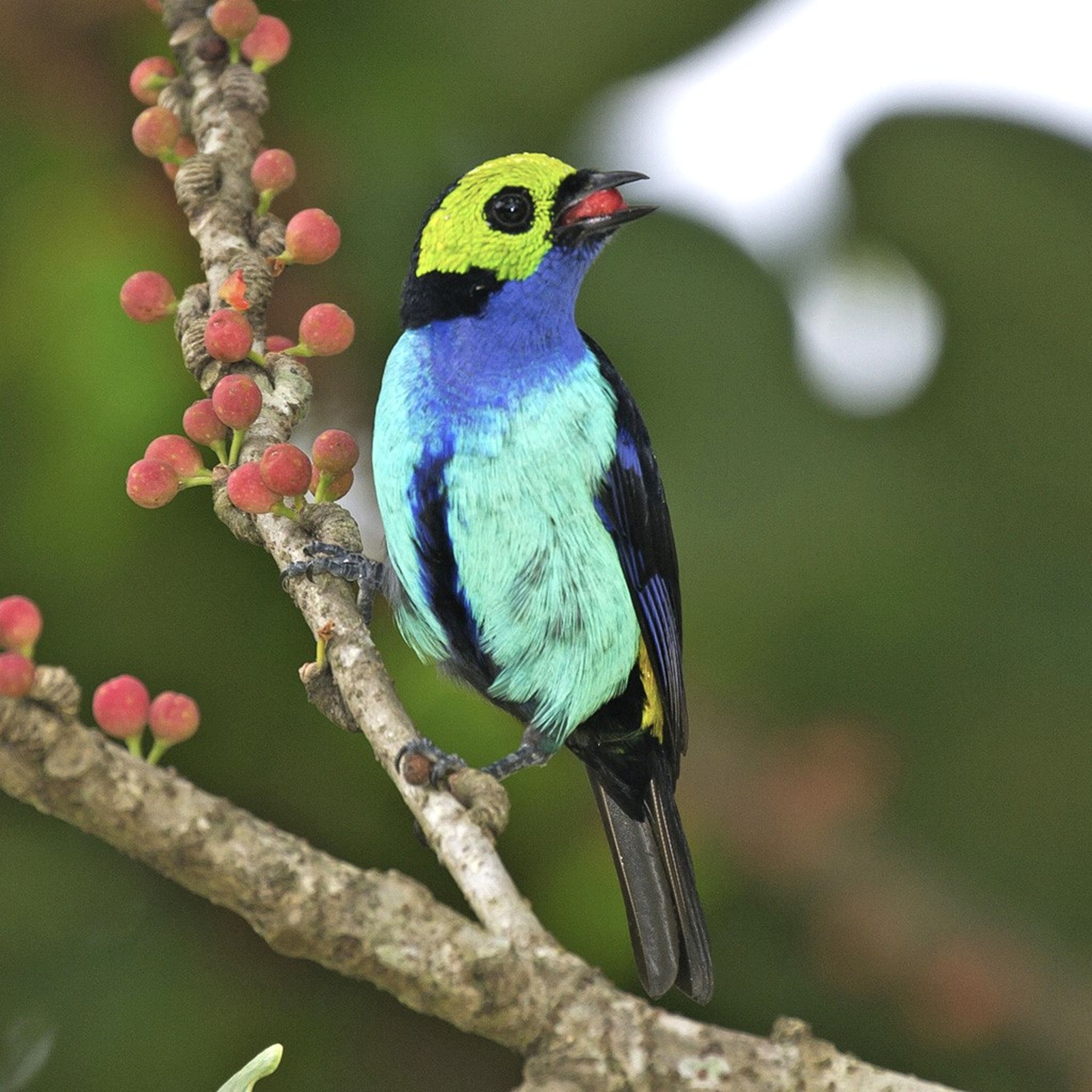
Paradise Tanagers are primarily frugivorous, feeding on a variety of fruits and berries. However, they also consume insects and other small invertebrates, making them omnivorous. These birds are highly social and are often seen in small flocks, sometimes mingling with other tanager species. Their active foraging behavior and constant movement make them a lively presence in the forest canopy.
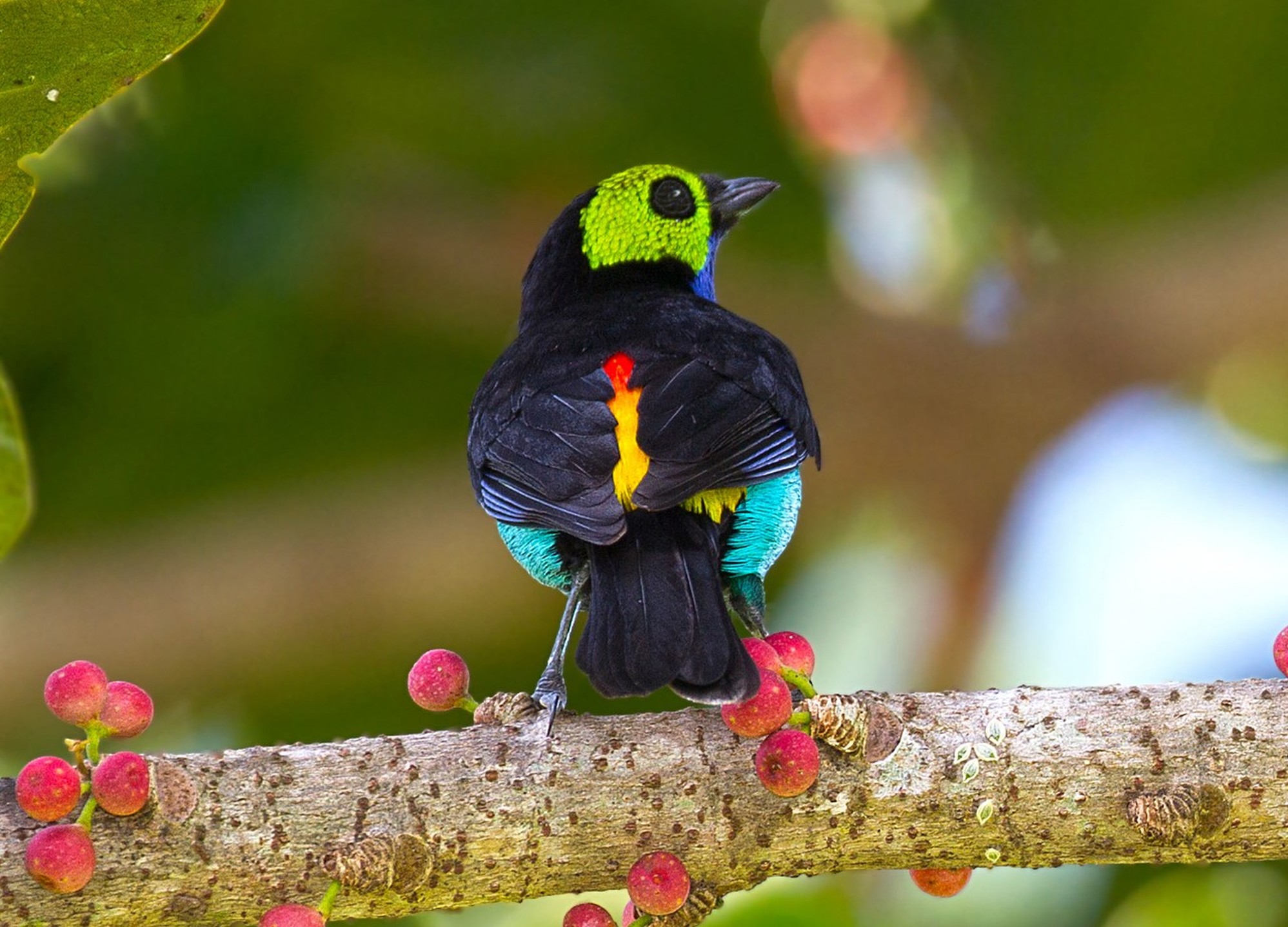
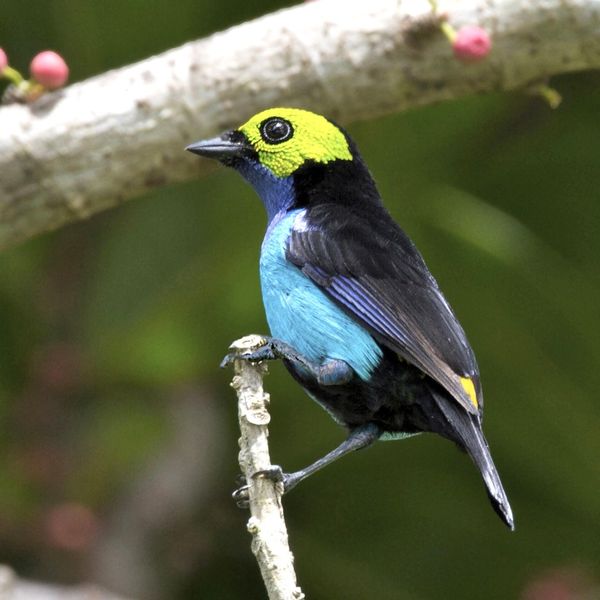
The breeding habits of the Paradise Tanager involve building small, cup-shaped nests in trees. Females typically lay a clutch of two to three eggs. Both parents participate in feeding and caring for the chicks, ensuring their survival in the competitive rainforest environment.
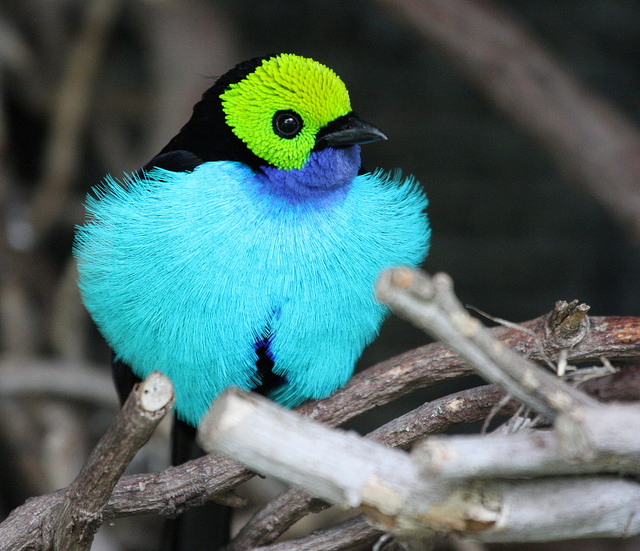
Despite habitat destruction in some parts of its range, the Paradise Tanager is currently classified as a species of Least Concern by the IUCN Red List. Its wide distribution and adaptability to secondary habitats contribute to its stable population. Nevertheless, ongoing conservation efforts are crucial to preserve its natural habitat and ensure its continued survival.
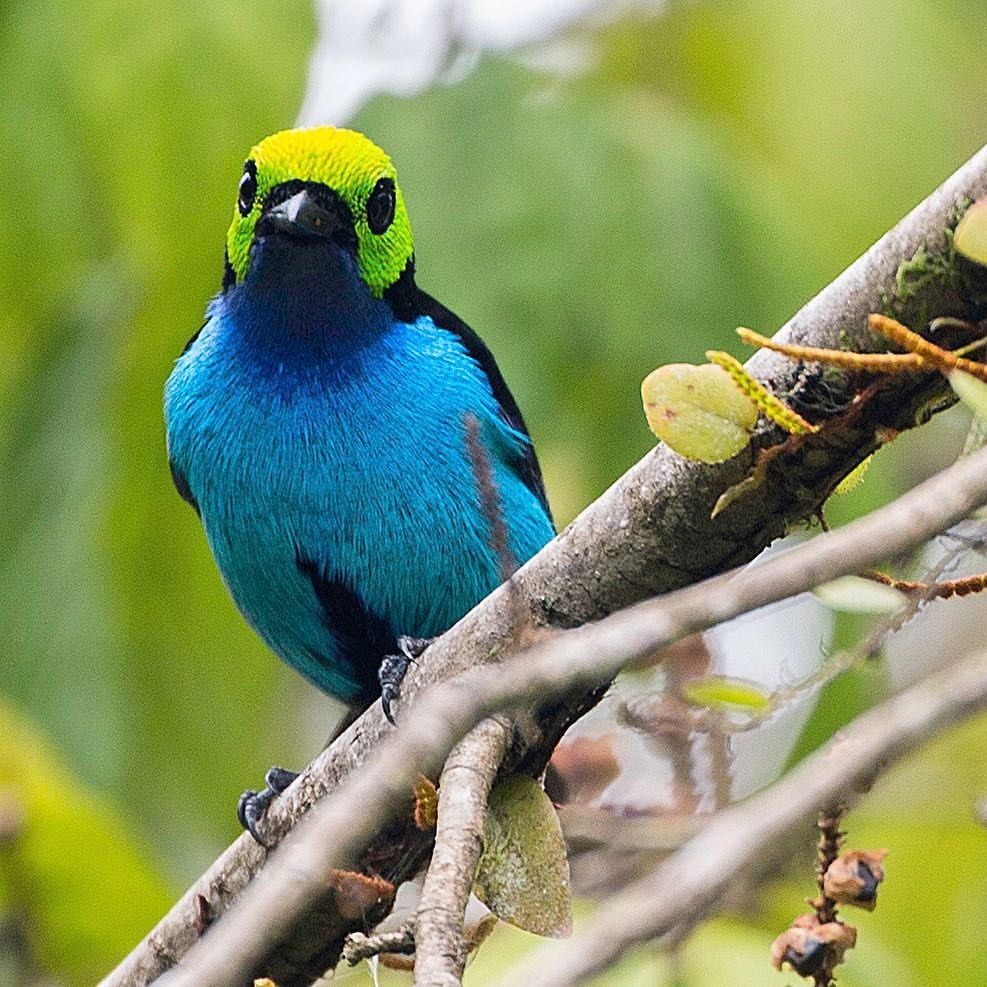
The Paradise Tanager is not only a symbol of the tropical rainforest’s incredible biodiversity but also a testament to the beauty and complexity of avian life. Its vivid colors and lively behavior continue to captivate bird watchers and nature enthusiasts around the world.